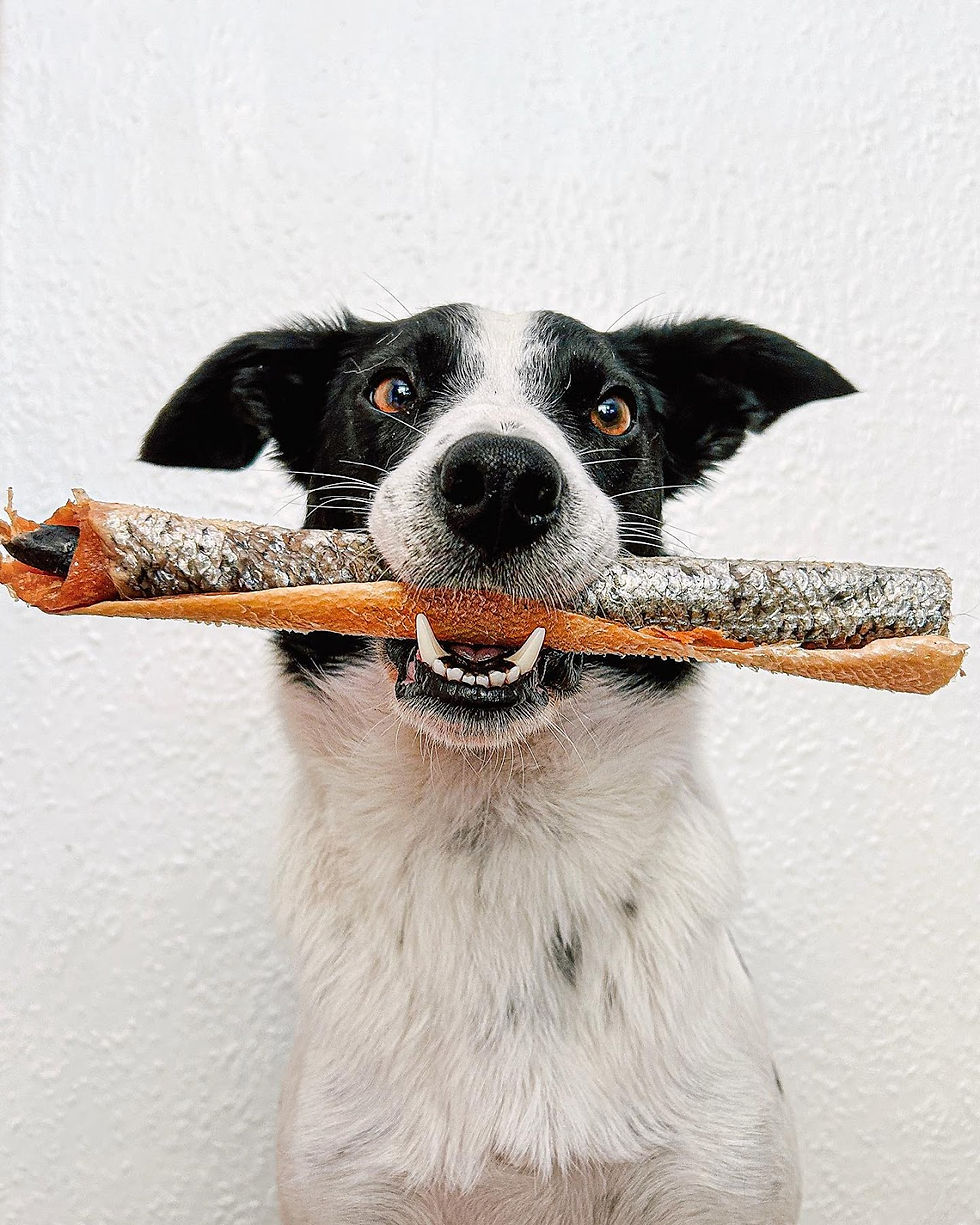Can Dogs Eat Scallops? An Owner’s Guide for 2025
- Spencer Capron

- 19 hours ago
- 4 min read
Pet owners love treating their dogs to special snacks, and with seafood becoming a popular choice, many are asking, can dogs eat scallops? These tender, flavorful bites seem like a great treat to share, but are they safe and beneficial for your furry friend? In 2025, as pet nutrition science advances, questions like what human foods can dogs eat, safe treats for dogs, and dog-friendly seafood are trending among pet parents. This blog post explores the safety, benefits, and risks of feeding scallops to dogs, providing clear guidance to keep your pup healthy and happy.

Are Scallops Safe for Dogs?
Yes, dogs can eat scallops in moderation, provided they’re properly prepared and served plain. Scallops are a low-calorie, protein-rich seafood that can offer nutritional benefits. However, there are important safety considerations to keep in mind.
Key safety tips:
Plain and Simple: Scallops must be cooked thoroughly and served without seasonings, oils, butter, or garlic, which are harmful to dogs.
Allergy Caution: Some dogs may be allergic to seafood. Start with a small amount and monitor for signs like itching, swelling, or upset stomach.
High-Quality Source: Choose fresh scallops from trusted suppliers to avoid contaminants like heavy metals, which can affect dog health risks.
Always consult your veterinarian before adding scallops to your dog’s diet, especially if they have conditions like pancreatitis or kidney issues.
Nutritional Benefits of Scallops for Dogs
When it comes to safe treats for dogs, scallops stand out for their nutritional profile. They’re not just tasty, they can complement a dog’s diet when offered sparingly.
Benefits include:
Lean Protein: Supports muscle growth and energy, ideal for active dogs or those needing dog-friendly seafood options.
Omega-3 Fatty Acids: Promotes a healthy coat, reduces inflammation, and supports joint health, especially for senior dogs.
Key Minerals: Magnesium, potassium, and zinc aid in nerve function, heart health, and immune support.
Low-Calorie Choice: Perfect for dogs on weight management plans, offering flavor without excess calories.
Scallops should be an occasional treat, not a daily meal, as a balanced dog food diet covers most nutritional needs.
Potential Risks of Feeding Scallops to Dogs
While scallops can be part of what human foods can dogs eat, they come with risks if not handled properly. Overfeeding or improper preparation can lead to health issues.
Risks to avoid:
Digestive Upset: Scallops are rich and unfamiliar, potentially causing vomiting or diarrhea if given in large amounts.
Sodium Concerns: Canned or processed scallops may contain added salt, harmful for dogs with heart or kidney conditions.
Choking Hazard: Large pieces can be a choking risk, especially for small breeds. Always cut into small, manageable bits.
Bacteria or Parasites: Raw or undercooked scallops may carry pathogens like Vibrio, increasing dog health risks.
Cook scallops thoroughly, serve in small portions, and avoid additives to minimize these risks.
How to Safely Prepare Scallops for Your Dog
Proper preparation is crucial for dog-friendly seafood like scallops. The goal is to maximize benefits while keeping things safe.
Steps for safe preparation:
Choose Fresh Scallops: Select fresh or frozen scallops from reputable sources, avoiding those with preservatives or sodium.
Cook Thoroughly: Steam or boil until fully cooked (internal temperature of 145°F) to eliminate bacteria and parasites. Skip frying or grilling with oils.
No Seasonings: Serve plain, without salt, spices, or sauces, which can be toxic to dogs.
Small Portions: Chop into tiny pieces and mix into your dog’s regular food as a treat.
For example, steam one scallop, cool it, and cut it into small bits to sprinkle over kibble for a medium-sized dog.
How Much is Too Much? Moderation is Key
Even safe foods like scallops can cause problems if overfed. When considering what human foods can dogs eat, moderation is critical to avoid disrupting your dog’s diet.
Moderation guidelines:
Treat, Not Staple: Scallops should be less than 10% of your dog’s daily calories, about one small scallop per week for a 50-pound dog.
Limit Frequency: Offer scallops once or twice a month to prevent mineral overload or sensitivities.
Watch for Reactions: After the first serving, monitor for 24-48 hours for signs of allergies or digestive issues.
Check with your vet for advice tailored to your dog’s size, breed, and health needs.
Navigating Pet Nutrition in 2025
In 2025, pet owners are flooded with information about safe treats for dogs and dog-friendly seafood. From social media to vet blogs, questions like can dogs eat scallops are top of mind. Staying informed with science-backed resources is key to separating fact from fad, ensuring your dog’s diet supports their health and longevity.
Conclusion: Scallops as an Occasional Treat
So, can dogs eat scallops? Yes, when properly prepared and given in moderation, scallops can be a safe and nutritious treat. Their protein, omega-3s, and minerals make them a great addition to the list of what human foods can dogs eat, but risks like digestive upset or sodium overload require caution. By following simple preparation steps and keeping portions small, you can safely share this dog-friendly seafood with your pup. Always consult your vet before introducing new foods, and enjoy treating your dog to an occasional scallop with confidence.




Comments